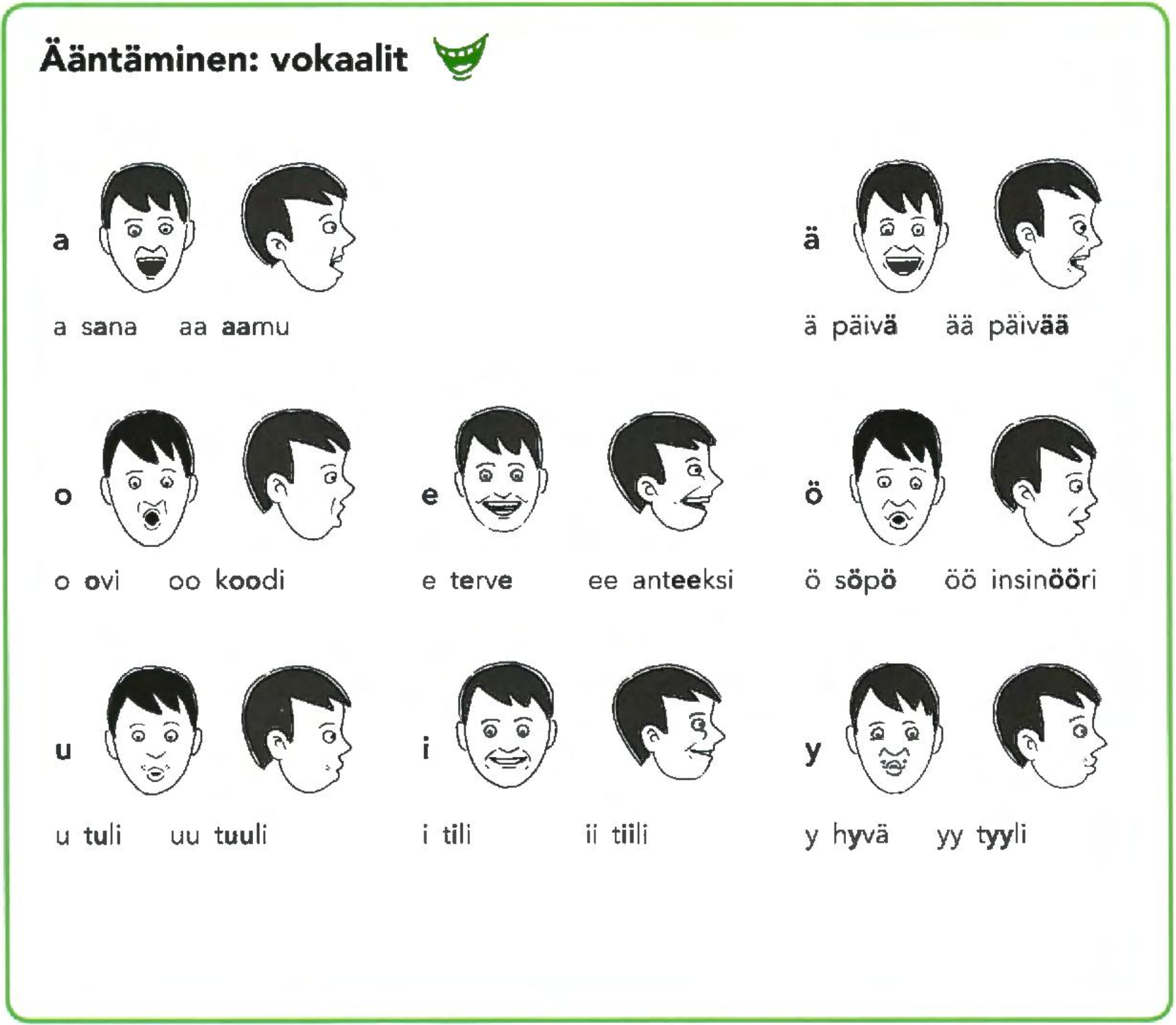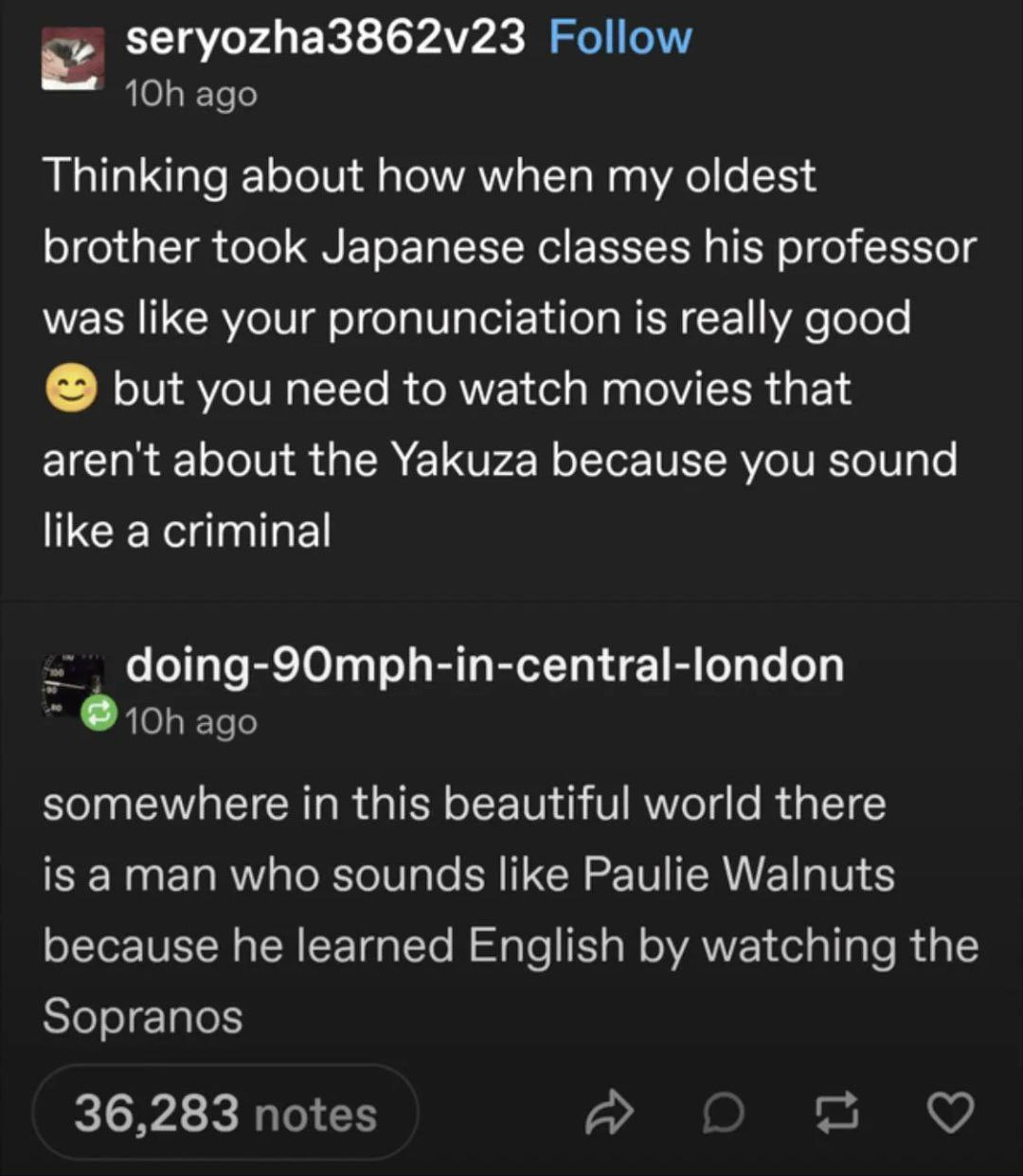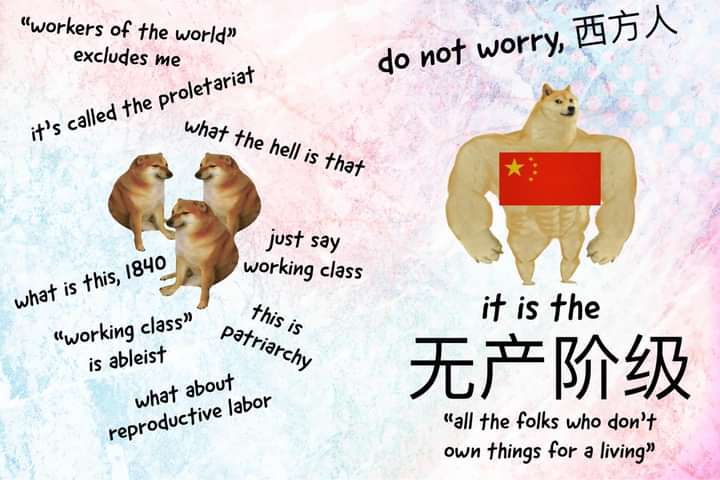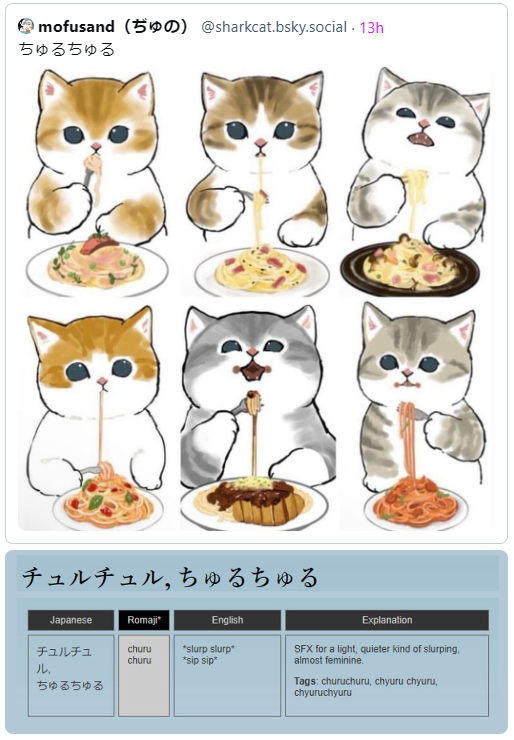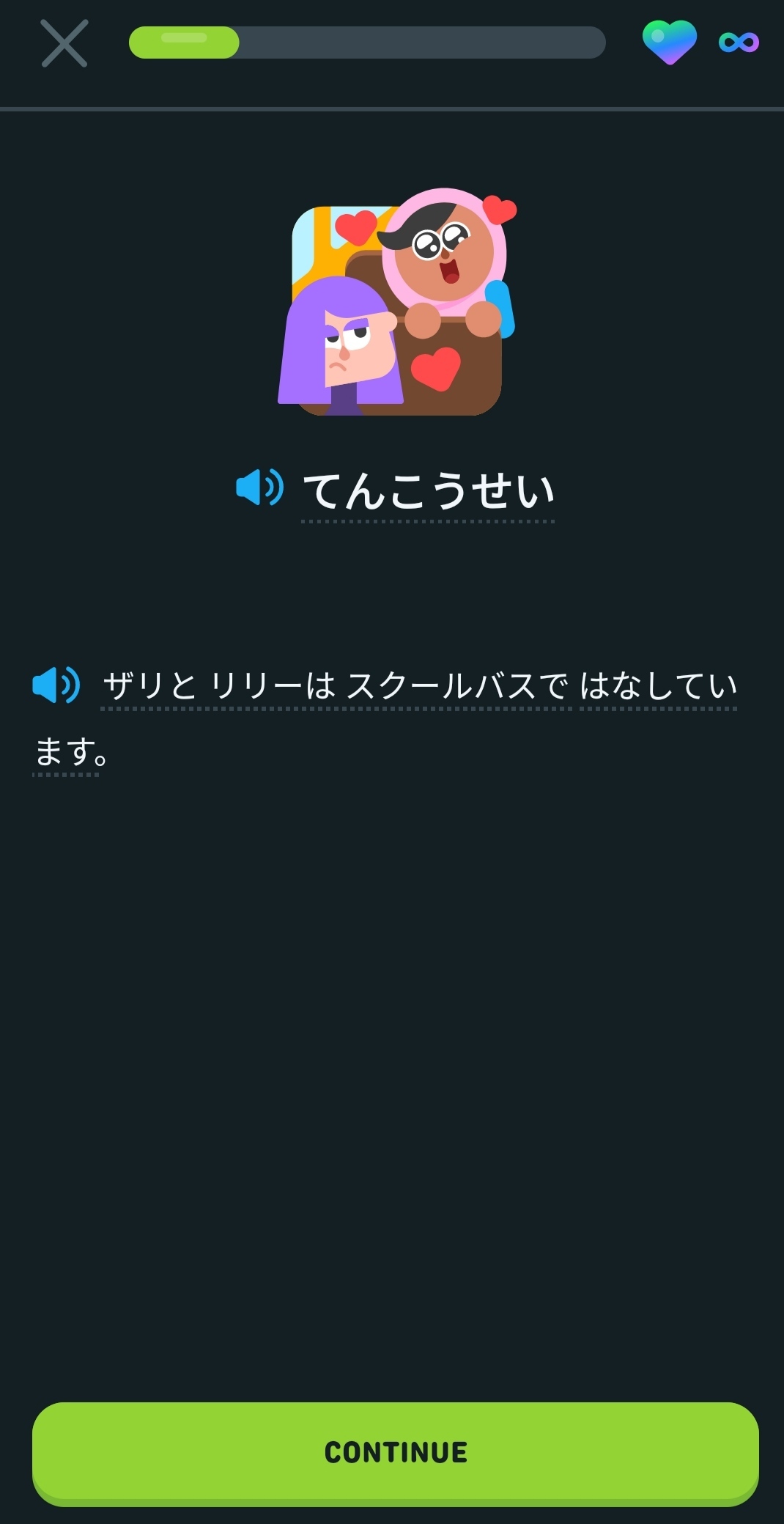More specifically it's spaced as "kor e a" and it can also mean "where is it" when pointing to a feminine noun, or "where is that (woman or thing)" when followed by the name of the referent. In Nynorsk the equivalent would be "kor er ho?" or "kvar er ho?", interchangeably; and in Bokmål it would be "hvor er hun?" (about a woman) or "hvor er den?" (about a thing).
So in writing you'll mainly see "kor e a" in wordplay, or in "Who's on first?" type routines involving the name "Korea", or in folk etymology, such as this article from Norwegian People's Aid, where there's this section involving a neighborhood called Korea, in a small town called Malm in Trøndelag:
Norsk
Klasse mot klasse
Malm har i underkant av 1300 innbyggere og er administrasjonssenter i Verran kommune, innerst i Trondheimsfjorden. Stedet ble bygd opp rundt Fosdalens bergverk etter funnet av jernmalm på begynnelsen av 1900-tallet. Gruva er Nord-Europas dypeste, og driften varte til 1997. Det var hit Walfreds svenske besteforeldre kom på slutten av tjuetallet. Etter å ha vært rallar på Nordlandsbanen fikk bestefaren arbeid i gruva.
– Svenskene ble sett på som flinke gruvearbeidere. De var også syndikalister og gode på organisering, og de fant seg ikke i hva som helst. Da ble det streik, sier Walfred, som begynte i gruva i 1973. Han ble med i removedforeningsstyret året etter og ble hovedtillitsvalgt i 1991. Nå er han klubbleder for 320 polske sveisere og platearbeidere ved Fosdalen AS som leies ut over hele Norge men er ansatt i bedriften. Alle er selvfølgelig organisert.
removedforeningslederen erfarte tidlig at det var klassetilhørigheten som var viktigst – ikke nasjonaliteten.
– Fra gammelt var Malm-samfunnet delt, forteller Walfred, – det var arbeidere mot funksjonærer. Alle boligene var bygd av bergverket. Arbeiderne bodde i strøket som ble kalt Korea og funksjonærene bodde i Malmlia. Eller Latterlia, som det het på folkemunne, smiler han.
Mens forsøket på å latterliggjøre funksjonærstrøket er en opplagt forklaring på dette kallenavnet, fins det flere teorier om Korea-navnet, ifølge Walfred.
– En av dem er om mannen som kom hjem og lette etter kona si som han mistenkte for å ha seg med en annen. «Kor e a,» spurte han sint. Men jeg tror det bare er en artig historie. Det er nok mer sannsynlig at navnet har sammenheng med Koreakrigen og ‘krigen’ i arbeiderstrøket, med misunnelse, uenighet og sjalusi, sier han.
English
Class against class
Malm has just shy of 1,300 residents and is the administrative center of Verran municipality near the end of the Trondheim Fjord. The town was built up around the Fosdal Mine after the discovery of iron ore at the start of the 1900s. The mine is Northern Europe's deepest and was in operation until 1997. It was hither Walfred's Swedish grandparents came at the end of the 1920s. After spending some time as a traveling railwayman on the Nordland Line, Walfred's grandfather was employed in the mine.
– "The Swedes were seen as good miners. They were also syndicalists and good at organizing, and didn't accept things blindly. So there were strikes," says Walfred, who started mining in 1973. He joined the union's board of directors the year after and became the head union representative in 1991. He is now the leader of a club for 320 Polish welders and sheet metal workers for Fosdalen AS, who are hired out across all of Norway but are employed in that company. All of them are of course organized.
The union leader learned early on that it was class belonging that was most important, not nationality.
– "For a very long time Malm society has been split," says Walfred, – "it was workers against functionaries. All the housing was built by the mining company. The workers lived in the neighborhood which was called Korea, and the functionaries lived in Malmlia. Or Latterlia, as it was popularly known," he smiles.
[note: "malm" means "ore", and "lia" is the definite form of "li" which means "sloping mountain- or hillside covered with grass or forest". The popular name "Latterlia" is a play on this and the word "latterlig", which means "laughable" or "ridiculous".]
While the attempt to poke fun at the functionaries' neighborhood is an unquestionable explanation of its nickname, there are multiple theories on the "Korea" name, according to Walfred.
– "One of them is about a man who came home looking for his wife who he suspected of being unfaithful. 'Where is she,' he asked angrily. But I think that's just a peculiar story. It is a lot more likely that the name is connected to the Korean War and the "war" in the workers' neighborhood, with envy, disagreement, and jealousy," he says.
※ Verran was absorbed into Steinkjer municipality on January 1st, 2020. Also, Malm's population has declined by ~100 people since the article was published.
I have to wonder if the folk etymology of this neighborhood's name coming from a dialectal phrase, with this very vivid image of an angry abusive husband, was invented because it is considerably more cringe to be Yet Another Western Locality nicknamed after a war-torn country in Asia, in reference to a perceived high rate of crime or general discord. In the USA there's "Fayettenam" in North Carolina and more famously "Chiraq" in Illinois — the latter was interestingly originally coined by drill rappers before it was co-opted by right-wing conservatives.

